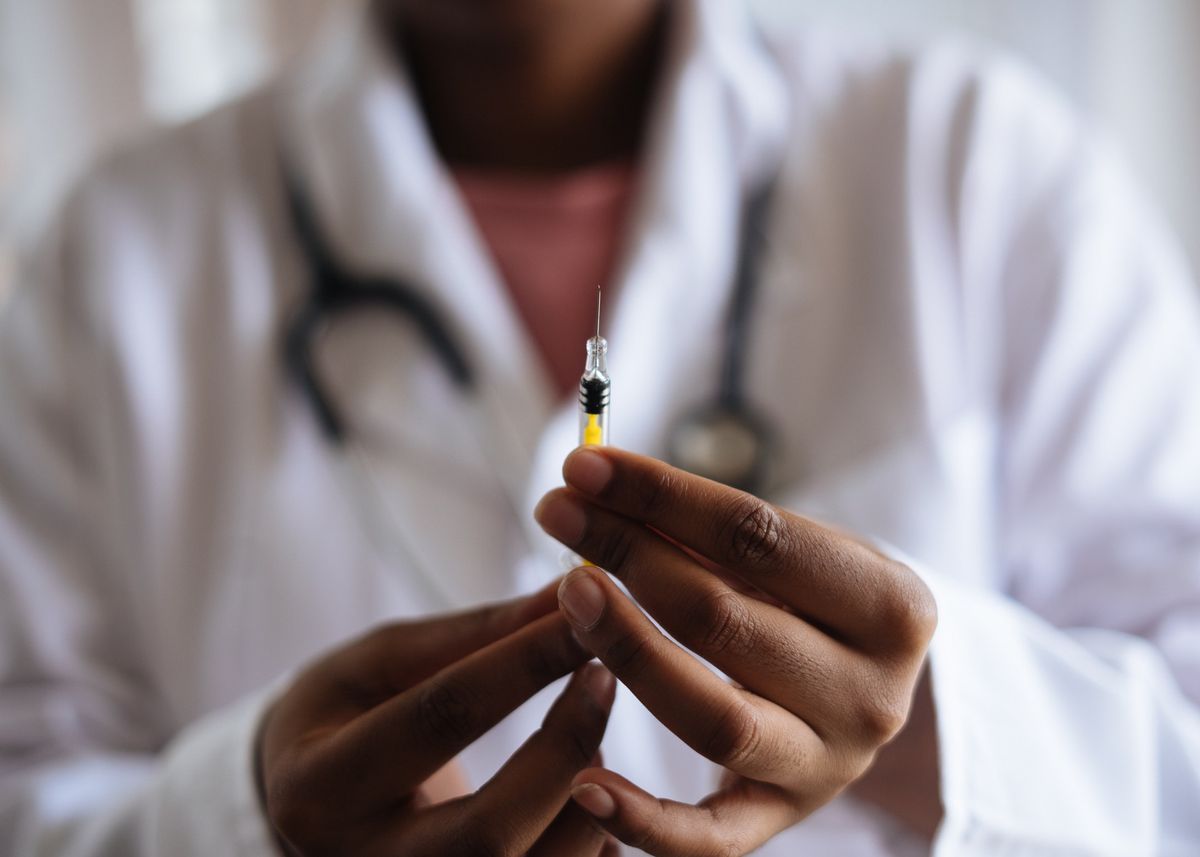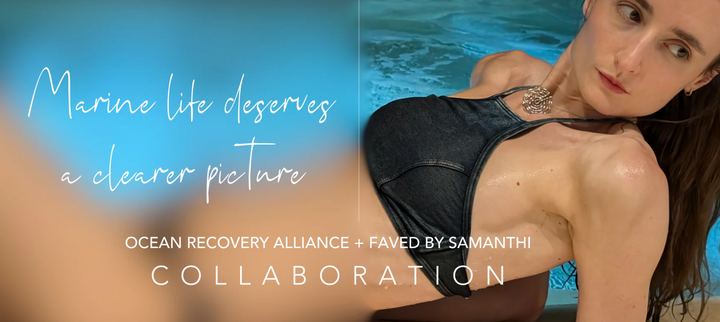Will normalcy be restored after the COVID-19 vaccine?

A few minutes every morning is all you need.
Stay up to date on the world's Headlines and Human Stories. It's fun, it's factual, it's fluff-free.
The COVID-19 vaccine is on the way. The medical world has been working hard to find a vaccine to the coronavirus pandemic that has seemingly put a halt to everyday life. Chinese and Russian scientists are planning to carry out joint trials, India has three vaccines in trial phases and the United Kingdom just purchased 90 million doses of the vaccine from a Belgian pharmaceutical company and a United States biotech company. Vaccines are expected as soon as October or at least before the end of the year.
With so many different vaccines promising results, it seems things may go back to the way they were, right? Before we get our hopes up, there are a lot of things to consider in terms of the distribution, resources and utter viability of the vaccine. Things are still uncertain right now, but we’ve taken a look at what experts think will be the new “normal” after the vaccine.
Equal distribution of the vaccine
An equal and complete distribution of the vaccine may be one of the hindrances in getting the world back to a pre-COVID-19 status, if that is even possible. According to the HuffPost, Tony Moody – physician-scientist at Duke University – said, “we’re going to have challenges getting a vaccine deployed primarily because of supply chain problems.” He added, “having the ability to get it rapidly distributed is going to be really challenging.” The manufacturing process as well as the supply chain for the vaccine will face difficulties mass producing. Obviously, it’ll take a while for everyone to get vaccinated, so until then things can’t go back to normal.
Another issue is who gets the chance to be vaccinated first. We’ve seen plenty of unfair scenarios where those who have the resources – aka money – to get tested for COVID-19 have done so easily, often without symptoms or need to be tested. Many affluent athletes and celebrities have had no problem getting tested, while others, who may be at more risk of having the virus, have found testing difficult and inaccessible. The same problems may occur for a vaccine – those who have the resources to get vaccinated first will do so, while the rest of the world will have a harder time accessing the vaccine.
Travel plans
Until most of the world is vaccinated – if the vaccinations are successful on everyone – traveling will still be difficult. Roughly 60-70% of the world would have to be vaccinated for the virus to stop rapidly spreading, which means billions of people. Those who aren’t vaccinated will still be at risk to the virus. Vacations, exchange programs and business trips will all probably be paused for the foreseeable future. Especially now with remote work becoming more common and convenient, working from home may be here to stay longer than you think.
Adapting to the mask-wearing culture
By now, almost everyone has taken up wearing a mask. But it’s going to be a while before we can lose this habit. Ben Cowling, head of epidemiology at The University of Hong Kong told The Atlantic that he would recommend wearing masks in crowded areas even after it’s deemed safe to go outside. Trish Greenhalgh, a primary care professor at the University of Oxford also said that people should wear masks in public until “there are no new cases, or very few cases,” a goal which the US is very far from achieving. Masks may become a daily accessory – after all, it’s not only about protecting yourself but also being considerate and protecting others around you.
While it may be some time until things become safe or return to normal, it’s important to stay hopeful and patient and continue taking the necessary precautions to be healthy.
Have a tip or story? Get in touch with our reporters at tips@themilsource.com




Comments ()